Sri Lankan : Kandyan Dance
Sri Lanka has a rich heritage of traditional dance that dates back to the 4th century BC. The three main styles of classical dance are Kandyan, low country, and Sabaragamuwa. The costumes worn by the performers are often spectacular, with elaborate ornaments and masks used in devil dance. The gestures used in the dances vary, as do the costumes and drums.
Sri Lankan Kandyan Dance
Kandy is one of the most beautiful cities in Sri Lanka and is considered the “cultural capital” of the country. A historic dancing style that belonged to the Kings and Queens who gloriously governed this island. The national dance of Sri Lanka is the Kandyan dance, which has five types: Ves, Vannam, Udekki, Pantheru, and Naiyandi. Traditionally, the dance was performed solely by men, but since the 1950s women have also been trained in If it is analysed from the Indian point of view, it is clear that the Sri Lankan Kandyan dance represent the energetic, masculine tandava type of dance.it.
The typical costume of a male dancer is a white loincloth, a beaded breastplate, silver bangles, a headdress, and large ear ornaments. You will be in awe of this ancient custom dance form that is a part of Sri Lanka’s tradition and culture when you see Kandyan dancers performing interesting spins and pivots to the rhythm of the drummers’ drums.
Sri Lankan Kandyan Dance Costumes
A dancer wears a basic, yet wonderful and lovely, attire. It is made up of a material that is wrapped around the wearer to resemble a big pair of trousers. The upper body is left exposed, sometimes decorated with silver metallic clothing, and the ankles are embellished with silver beads and shells. The headpiece is a huge silver cone-shaped tiara with leaves hanging from it.
The dancer’s costume consists of white fabric and a turban, beaded decorations on his chest, a waistline, rows of beads around his neck, silver chains, brass shoulder plates, anklets, and jingles. Only males are allowed to wear the headpiece, and only during a dance of honor known as Ves mangalaya in which the male dancer first dons the Ves attire.Legend says that if a female wears the headgear she will have a lot of bad luck or be ill. Ves mangalaya is reserved for male performers solely, whereas Kala Eli mangalya is a separate festival for female performers.
Ves Dance
The origin of the Ves dance lies in a dance ritual known as Kohomba Kankariya. Masters of traditional dance believe that the king of a place called “Malaya Rata” and his two brothers performed the first Kohomba Kankariya. According to legend, three shamans came to the island as a result of a trick of the god Shakra to cure King Panduwasdev. The Ves dance was originally performed by dancers associated with the Temple of the Tooth and played a significant role in the Dalada Perahera (procession) held by the temple each year. The intricate costume of Ves, especially the head covering, is considered sacred and is believed to belong to the deity Kohombi.
Naiyandi Dance
Dancers in Naiyandi costumes perform during the initial preparations of the Kohomba Kankariya festival. They wear white cloth and a white turban, beadwork decorations on their chest, a waistband, rows of beads around their neck, silver chains, brass shoulder plates, anklets, and jingles. This is a graceful dance, also performed in Maha Visnu and Kataragama Devales temples on ceremonial occasions.
Vannam
The Sri Lankan Kandyan dance consists of 18 Vannam (dance routines) that depict the behaviors of various animals such as Elephant, Eagle, Cobra, Peacock, Monkey and Rabbit. These dance routines can be seen at the annual Perahara competition in Sri Dalada Maligawa Kandy. The most famous vannams are hanuma vannama (monkey), taste vannama (eagle), and gajaga vannama (elephant). The word vannam comes from the Sinhala word varnana (‘descriptive praise’).
The kavi for the eighteen principal vannam were composed by Ganithalankara and a Buddhist priest from the Kandy temple. The vannam were inspired by nature, history, legend, folk religion, folk art, and sacred lore, and each is composed and interpreted in a certain mood or expression of sentiment.
Sri Lankan Kandyan Dance Music
The Kandyan Dance is traditionally performed to percussion only, with the most common drum being the Geta Beraya and a small pair of cymbals called the Thalampota. The Vannam’s have lyrics that are sung in tune with the movements of the dancer, and another form of twin drums called Thammattama is used with cane drumsticks. The Thalampota is a small pair of cymbals used to help the Kandyan dancer maintain rhythm.

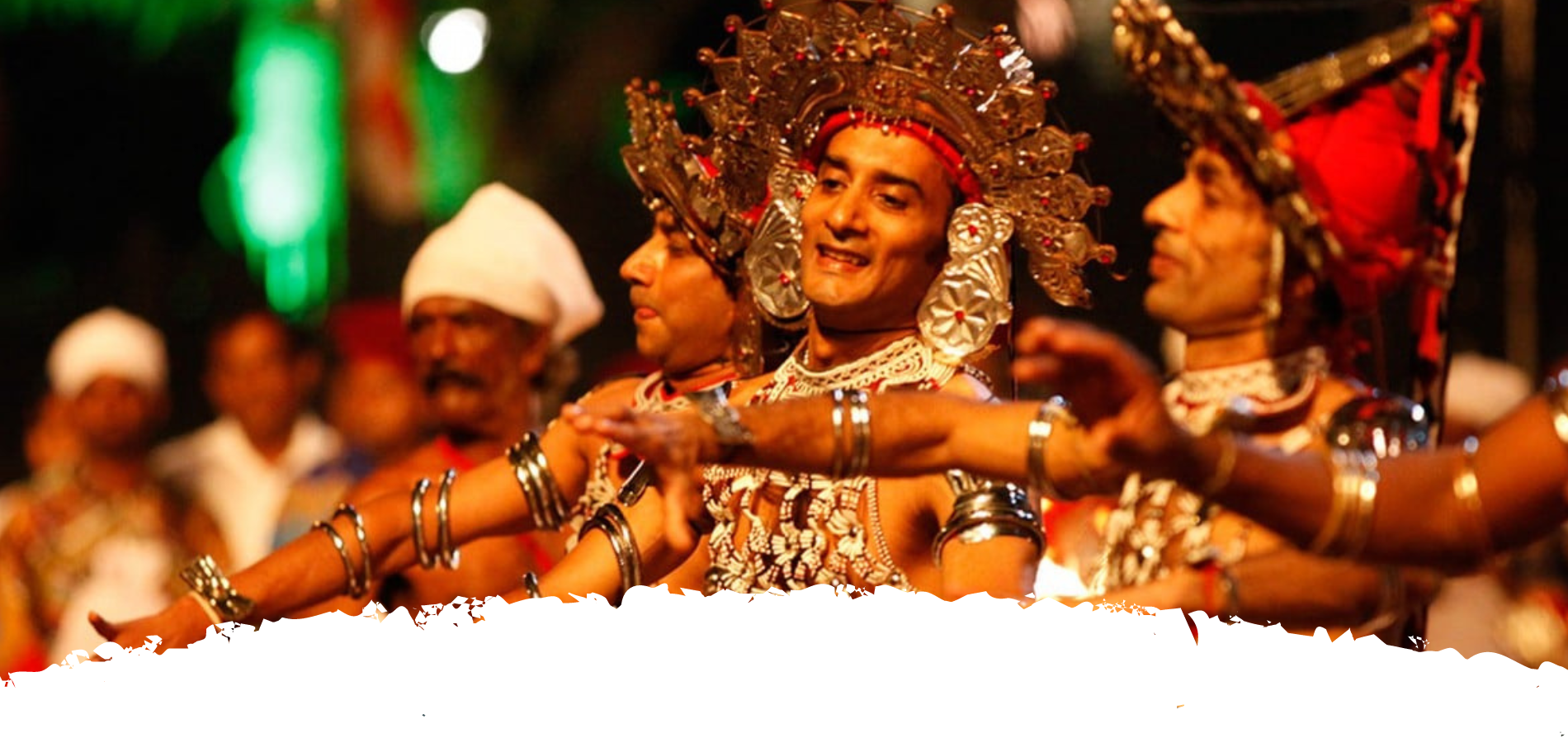
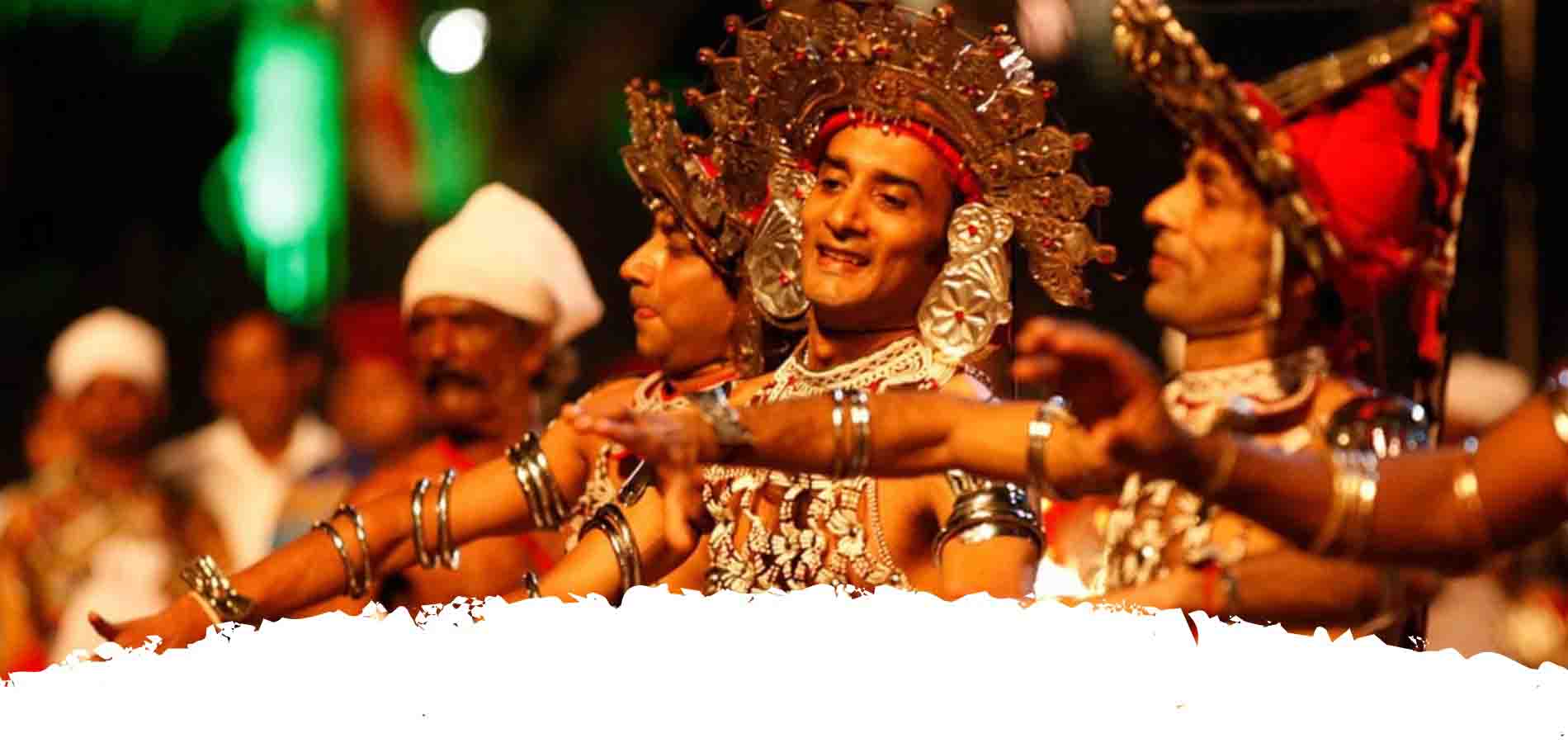
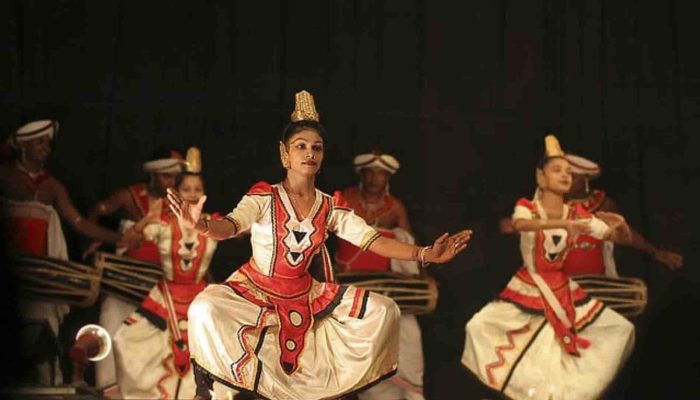

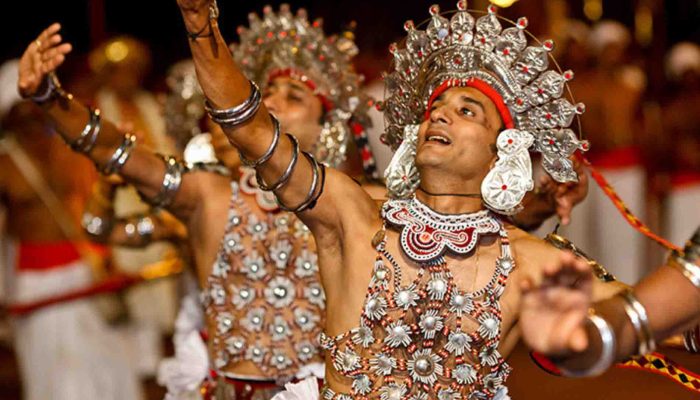
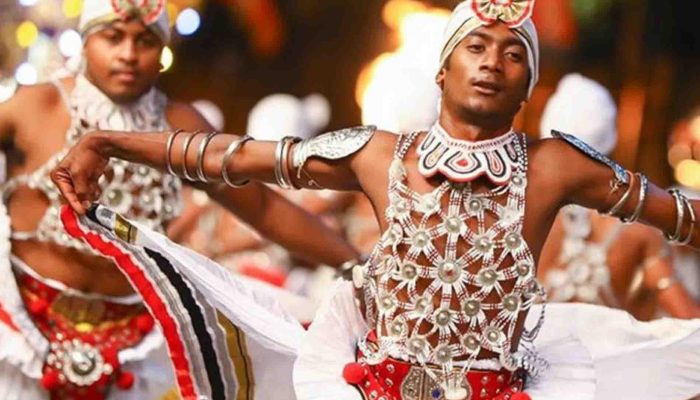
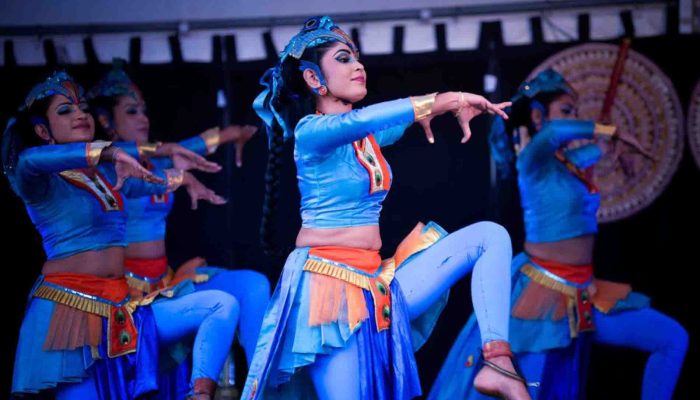
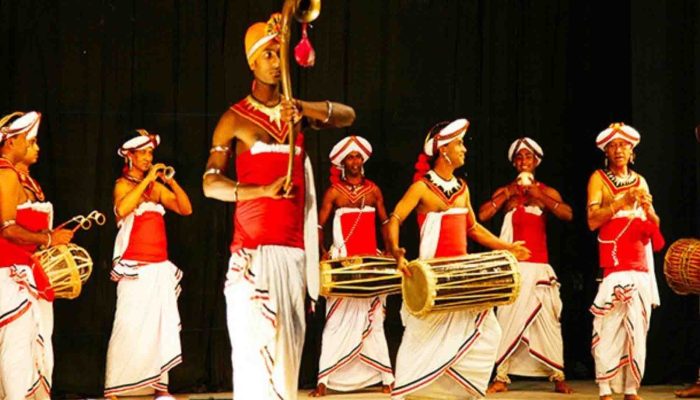
0 Comment